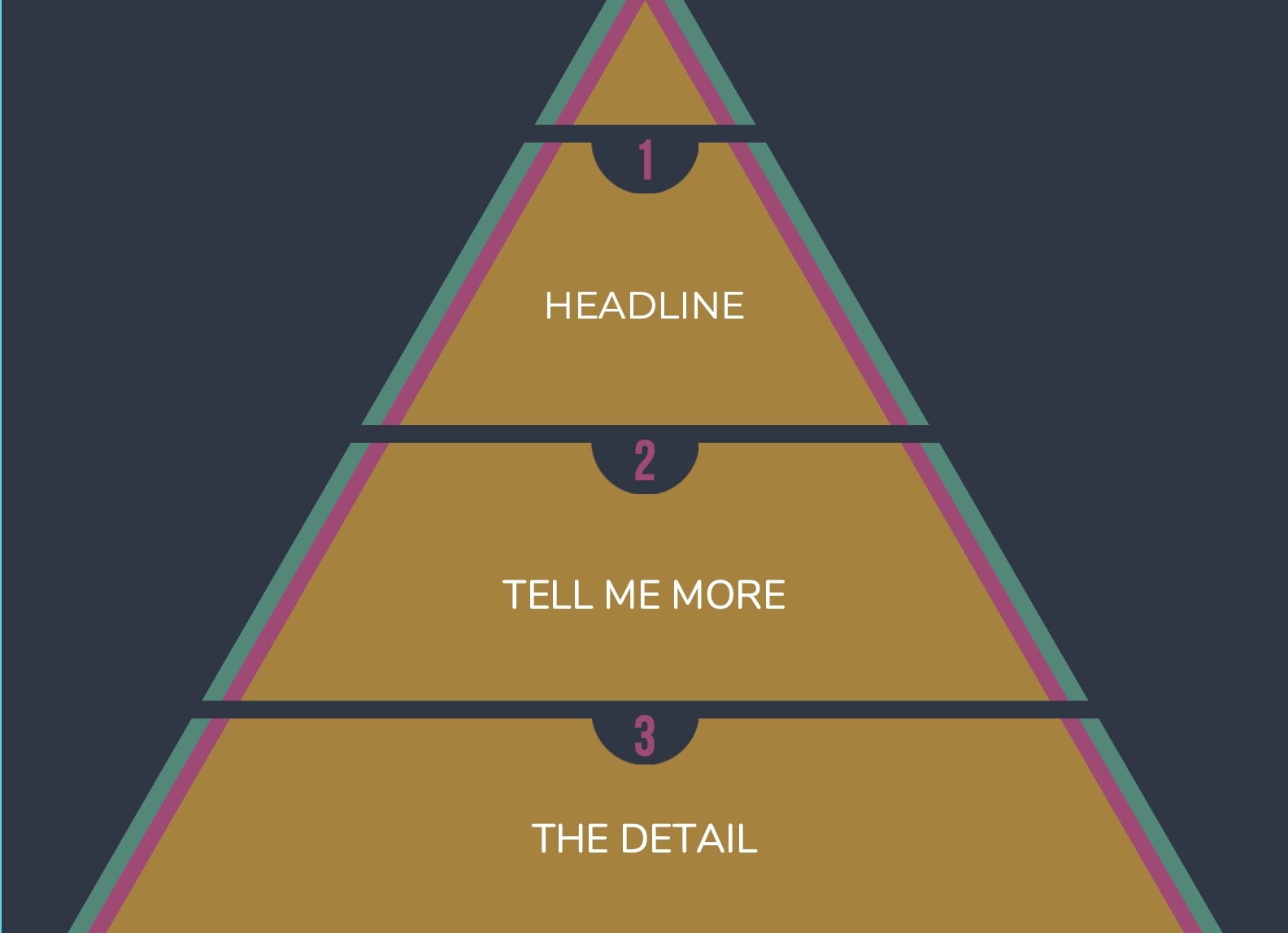
It’s a skill to be able to take a complex subject and craft a simple message. Simplicity demonstrates confidence in your subject matter; it shows that you have mastered your craft. It enables you to enhance your customer’s understanding and shows you can act as their trusted guide. And it’s this that enables you to build your reputation as an authority in your field. An authoritative voice demonstrates you have the right to be trusted. And it’s trust that wins great customers.
Why is a simple message so darn hard to craft?
The value of simplicity cannot be over-estimated. Messages get lost when we try to give customers too much information at the wrong time.

B2B businesses invariably provide solutions to complex problems – but overwhelming your customers with ideas makes it difficult for them to know what to do.
With too much information and too many options, it’s human nature to just do nothing. Paralysis by analysis.
So much marketing is ineffective because of information-overload. I trained as a journalist and one of the best – and hardest – lessons I learned was to write in sentences of around 14 words. This small, simple and memorable rule really does force simple writing.
You have:
- to use words sparingly
- to be crystal clear with your central idea
- to allow the story to unfold.
Let your story unfold

This lesson is as applicable to B2B marketing as it is to journalism.
Your customers certainly do want lots of information, but they don’t want it all at once. You need to let your message unfold with high-level summaries leading to detailed information in stages as the customer’s knowledge and appetite for more information builds.
The key is: the right information shared in the right way at the right time.
We put this principle into practice all the time with our clients. Let’s look at a straightforward example – a new service launch.
We create an attention-grabbling piece of content about the problem and the solution and send to the largest possible audience via a client’s website, email, social media and partner businesses that send referrals. The brevity of this message forces us to be crystal clear with the central idea.
Readers click through to a landing page on the client’s website which contains more information about what’s being offered and why – but the information remains scannable, at this stage readers are curious and don’t want to invest huge amounts of time in figuring out if the service is relevant to them.
Your audience decides that this is something they want to look into further, so they visit a more detailed landing page or download a PDF guide which contains more context and detail about the problem and your solution. They have enough understanding now to feel confident in taking the next step – getting in touch.
We all know that simplicity isn’t easy. To make the above process work requires a lot of detailed thinking about your audience and their needs, as well as creativity with the words and images to reach and influence the largest possible audience.
It’s a natural part of the marketing process to get knee-deep in detail and tongue-tied with complexity.
Unravel the complexity
We liken it to a ball of wool. All your ideas get mixed and you have to ruffle around to come out with a single, simple, usable strand.
It’s all-too-easy to start marketing before you’ve completed the process of unravelling the ball of wool. But it’s so important to work through the complexity. When you do, you’ll notice the difference. And so will your audience.
NOTE: Abraham Lincoln used just 278 words and 2 minutes to deliver the Gettysburg Address. He was crystal clear with his message. We’re not suggesting we can motivate a nation, but we can craft messages with equal impact on your specific audience. If you’re tongue-tied with your marketing or your efforts aren’t leading to any tangible result, let us help!




